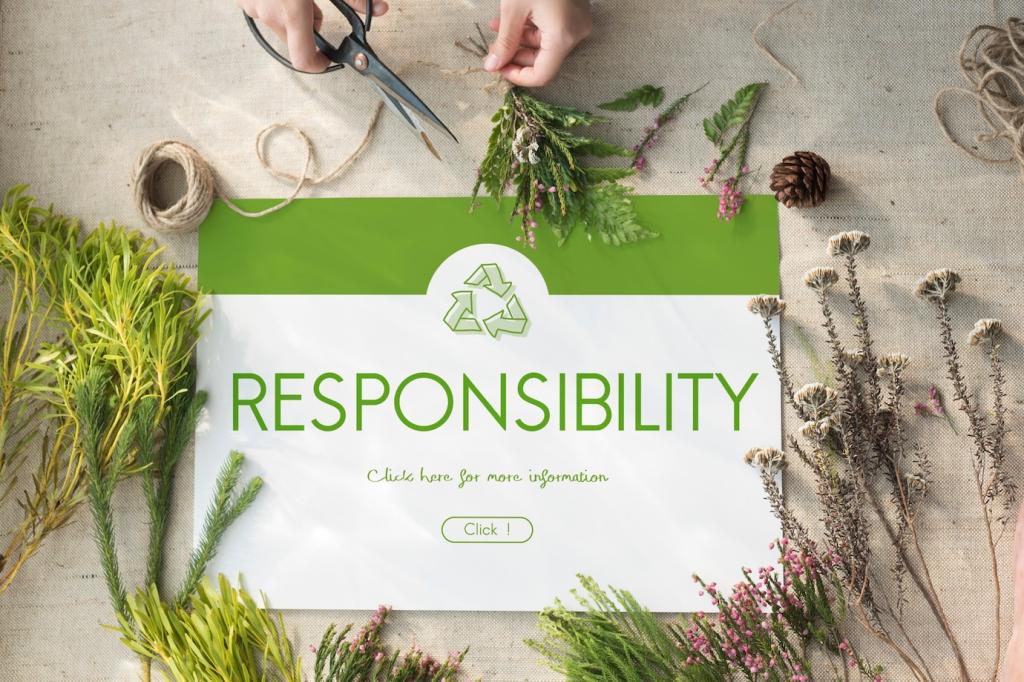Qualifying for Energy Efficiency Tax Incentives
Chosen theme: Qualifying for Energy Efficiency Tax Incentives. Welcome! This friendly guide turns complex rules into clear steps, so you can confidently meet eligibility requirements, gather proof, and claim the savings you deserve—then share your questions or wins with our community.




Manufacturer and Contractor Certificates
Collect manufacturer certification statements, product specification sheets, and any contractor installation certificates that confirm efficiency ratings. These documents demonstrate compliance with listed standards and help substantiate your claim. Keep digital copies with clear filenames, including model numbers and dates, so everything is easy to retrieve during filing or an audit.
Audits, Ratings, and Modeling
Some incentives require energy audits, HERS ratings, commissioning reports, or energy modeling to verify performance against a baseline. Choose qualified professionals and ask them to reference the applicable standard directly. Their reports should document inputs, methodologies, and results so your eligibility is traceable, defensible, and clearly aligned with the incentive’s criteria.
Receipts, Timelines, and Serial Numbers
Detailed invoices should separate labor and materials, include installation dates, and list model and serial numbers where applicable. Save photos of nameplates and installation milestones. Note the “placed in service” date, which often determines the tax year and applicable rules. Share your documentation checklist in the comments so others can benefit from your approach.
Meeting Efficiency Thresholds Without Guesswork
Before you buy, verify efficiency ratings against the incentive’s published requirements, not just generic marketing claims. Compare multiple models, confirm certification databases, and confirm eligibility with your contractor. Request written confirmation of the exact ratings and keep that with your records. A small specs mismatch can disqualify an otherwise excellent project.
Meeting Efficiency Thresholds Without Guesswork
Insulation, air sealing, and high-performance windows and doors often unlock eligibility while reducing heating and cooling load. Target the building envelope first to maximize results and strengthen your claim’s credibility. Ask for blower-door testing to quantify improvements, then pair with right-sized HVAC for deeper savings and stronger qualification outcomes.

Placed in Service vs. Purchase Date
Most incentives hinge on the date the upgrade is installed and operational, not the day you paid a deposit. Coordinate with your contractor to finish work before year-end if timing matters. Keep final installation confirmations and ensure your invoice shows the date the system became ready for regular use.
Phased Projects and Partial Qualifications
If your retrofit occurs in phases, some components may qualify sooner than others. Document each phase with photos, invoices, and commissioning notes. File claims for eligible portions as they are placed in service, and track cumulative limits to avoid surprises. Ask in the comments if you need help mapping a multi-phase timeline.
Carryforwards, Caps, and Annual Limits
Some credits have annual caps or carryforward rules that affect how much you can claim now versus later. Build a simple spreadsheet tracking expected credits by year. This planning helps you schedule future upgrades strategically, maximize value, and maintain compliance with the incentive’s structure and any evolving eligibility rules.

Avoid Double-Dipping
Many incentives prohibit claiming two benefits for the same expense in conflicting ways. Read the fine print about basis reductions, exclusions, or mutually exclusive benefits. Keep a worksheet showing how each dollar of spending maps to a specific incentive to demonstrate compliance and preserve your eligibility if questions arise later.

Pair with Utility and Manufacturer Rebates
Utility rebates and limited-time manufacturer offers can combine with certain tax incentives, but they may affect the net cost you report. Save rebate approvals, confirmation emails, and payment proofs. Share your experience in the comments so others can learn which programs worked together and which rules required extra attention.
Real Stories of Qualifying Success
01
Maya’s Heat Pump and Insulation Upgrade
Maya scheduled an energy audit first, which pinpointed air leaks and an oversized furnace. She sealed and insulated, then installed a qualifying heat pump with documented ratings. By keeping certificates, invoices, and photos, she confidently claimed incentives. Her winter bills dropped, and she posted her checklist for neighbors to replicate.
02
Jorge’s Warehouse Lighting Retrofit
Jorge replaced outdated fixtures with high-efficiency lighting and controls. A qualified professional verified savings and provided a commissioning report. He organized product specs, procurement records, and installation dates into one folder. The claim sailed through because every number lined up. He now mentors nearby businesses on documentation best practices.
03
A Builder’s Multifamily Qualification
A regional builder partnered early with raters to meet program criteria for new multifamily units. By selecting compliant windows, right-sized HVAC, and airtight construction, the project passed verification on schedule. Their team credited a shared documentation template that tracked proofs, tests, and certificates—making incentive qualification efficient, repeatable, and profitable.
Avoiding Common Qualification Pitfalls
Efficiency Specs That Almost, But Not Quite, Qualify
Near-miss specifications are the most frustrating failures. Verify required ratings against the official criteria, not just sales brochures. Ask suppliers to confirm in writing that the model meets the threshold. Keep screenshots or PDFs of database entries. If a spec changes mid-project, pause and re-verify before installation proceeds.
Missing Signatures and Certifications
Unsigned contractor attestations, absent rating certificates, or incomplete audit reports can sink a claim. Build a sign-off checklist that includes names, dates, license numbers, and report versions. Request final deliverables before releasing the last payment. Comment below if you want our printable, step-by-step paperwork tracker tailored to your project type.
Using Outdated Guidance
Rules evolve. If you rely on last year’s thresholds, you might miss eligibility or misreport. Before you purchase, confirm the current year’s criteria and forms. Bookmark authoritative sources and set a calendar reminder to recheck before filing. Subscribe to our updates so you never miss critical changes that affect qualification.
